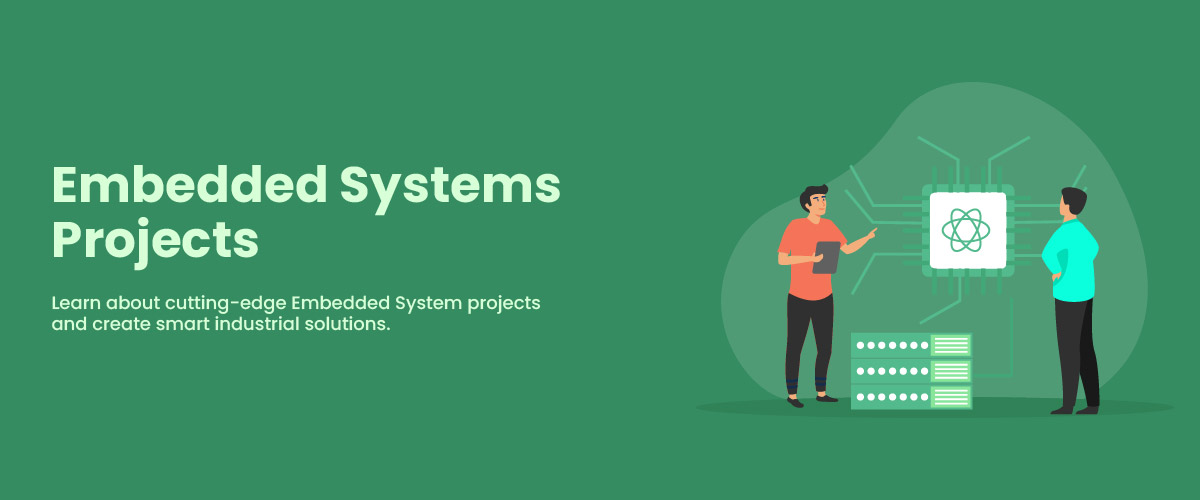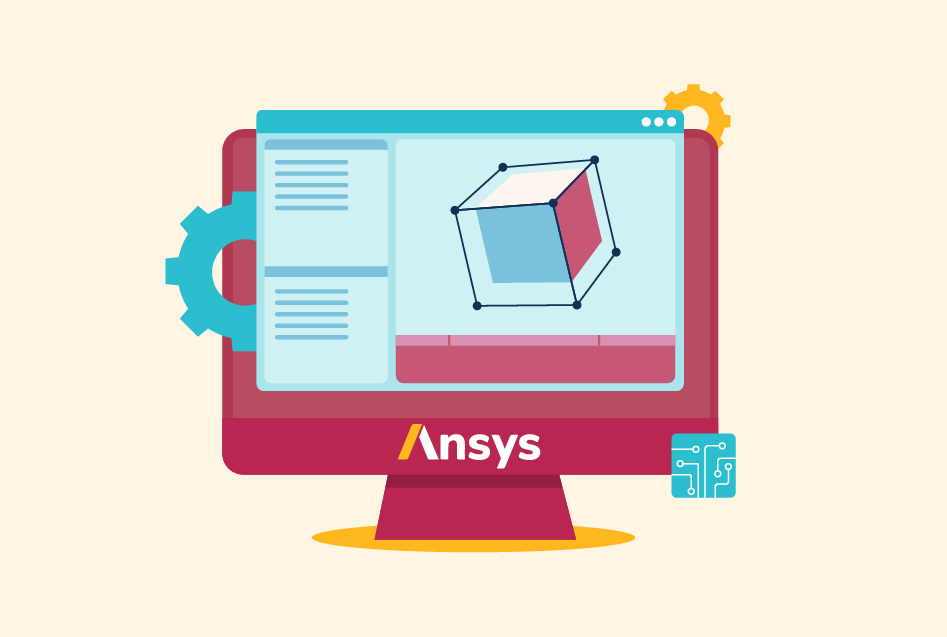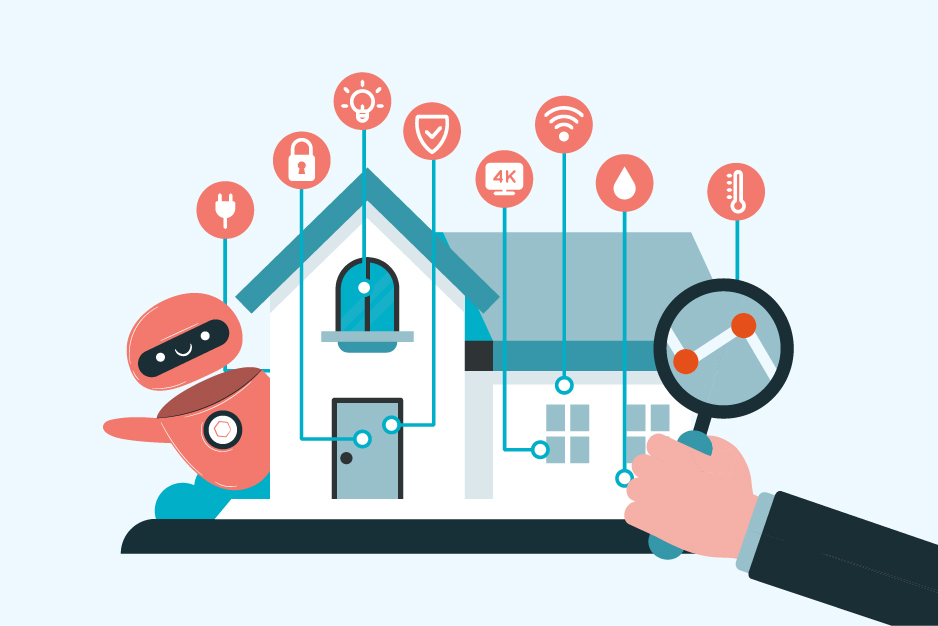Top 10 Embedded Systems Projects In 2025
Embedded systems projects are innovative and captivating projects to discover. From robotics to home automation systems, embedded systems can turn imagination into reality. Embedded systems project ideas give you the opportunity to gain valuable experience and showcase your ability. They are a great way to challenge yourself and learn new skills.
Top 10 Embedded Systems Projects
Projects based on Embedded Systems involve developing and designing customized computer systems. These projects can be used in a wide range of defence systems, applications, and electronics to aerospace systems. These systems can perform specific tasks and are programmed to perform real-time projects with minimal human intervention. From building a microcontroller to sensors and actuators where you get to choose and customize any element, to bring your project to life.
Here are some projects examples of Embedded Systems:
Embedded System Mini Projects
are small-scale projects that involve the development of a computer system. These projects allow you to build and design a functional system hardware prototype. These projects usually involve microcontrollers and sensors to calculate accuracy. Here are some examples of embedded systems mini-projects:
1. Plant Watering System
- Step 1: Select a type of plant watering system you want to create, e.g. self-watering pot or drip irrigation.
- Step 2: Choose a microcontroller you want to work with on this project, e.g. Rasberry Pi or Arduino.
- Step 3: Select a sensor for measuring the moisture content of the soil, e.g. humidity sensor or soil moisture sensor.
- Step 4: Choose the tubing and the water pump to distribute water to the plants.
- Step 5: Create a code to program a microcontroller so you can control the water pump and read the sensor data.
- Step 6: Build a circuit on PCB or breadboard with transistors, capacitors, and resistors.
- Step 7: Test it using a small plant first, and adjust the watering frequency and sensor reading as required.
- Step 8: Mount it in a waterproof enclosure (if used outside).
- Step 9: Add extra features as per requirements, such as a Wi-fi module to allow remote control and monitor or display screen to show the level of moisture.
- Step 10: Finalize it by documenting and wiring the project.
2. Mood Lamp
- Step 1: Select a microcontroller, e.g. Raspberry Pi or Arduino.
- Step 2: Choose a type of individual LED or LED strip for the lamp.
- Step 3: Create a code to program the microcontroller to control the intensity of the LEDs and control the color LEDs.
- Step 4: Build a circuit on PCB or breadboard with capacitors and resistors.
- Step 5: Test the system and check with the different colors and adjust the algorithm as needed.
- Step 6: Design the enclosure for the lamp and install the LEDs and microcontroller inside.
- Step 7: Add features as needed, e.g. voice commands and music synchronization.
- Step 8: Finalize it by documenting and wiring the project.
3. Digital Thermometer
- Step 1: Determine the requirements for the digital thermometer, such as temperature range, the unit of display (Celsius or Fahrenheit), material, etc.
- Step 2: To drive the sensor for showing the accurate temperature, choose a microcontroller. For example – Arduino.
- Step 3: Choose a digital temperature sensor like DS18B20 or thermocouple sensor.
- Step 4: Design the circuit using the microcontroller, temperature sensor, and other components like resistors and capacitors.
- Step 5: Create embedded software code for interacting with temperature sensors, reading data, and converting to desired units.
- Step 6: Design the display of the thermometer.
- Step 7: On a prototype board or PCB, design a circuit with the correct connections and component arrangement.
- Step 8: Confirm thermometer accuracy by testing in a known environment.
- Step 9: Create a compact, user-friendly enclosure for the circuit arrangement and protection. Add other features such as low light and sensor alarm for recording the temperature, etc.
- Step 10: Finalize and document the project with all details.
4. Solar-Powered Auto Irrigation System
- Step 1: Determine the size of the land under irrigation and water source.
- Step 2: Select appropriate solar panels to generate electricity.
- Step 3: Choose a microcontroller or PLC to control the irrigation process with the help of sensor inputs.
- Step 4: Select sensors that detect and measure soil moisture.
- Step 5: Build the circuit to connect the solar panels, charge controller, battery, microcontroller, sensors, water pump, and valves.
- Step 6: Develop the embedded system code to make the circuit function. The software code must be programmed to be responsive to the sensor’s inputs, valve operations, and water supply according to crop types.
- Step 7: Build the irrigation system lines to distribute water across the land.
- Step 8: Build and attach a user interface that gives real-time information on water and moisture supply to the soil.
- Step 9: Install the solar panels and all the sensors as desired. Connect the water pump and valves to the PLC or microcontroller.
- Step 10: Test the entire system.
- Step 11: Document the results.


Embedded Systems Projects for ECE Students
Embedded Systems Projects for ECE (electronics and communication engineering) involve designing and developing a computer system that is integrated into an electronic system. Some common ECE systems include communication system, automation system, and control system which helps in developing projects with basic software and hardware components.
Let’s take some projects examples of Embedded Systems for ECE:
5. Voice-Control Home Automation System
- Step 1: Choose a microcontroller platform (e.g. Rasberry Pi or Arduino) for capturing commands and select a microphone.
- Step 2: Choose an automation device you want to control to check if they are compatible with your chosen platform, e.g. thermostats, lights, and fans.
- Step 3: Select voice recognition software and install it on your chosen platform, e.g. Google Assistant, CMU Sphinx, etc.
- Step 4: Create code by which you can connect the voice recognition software with your home automation device and create voice commands for every device.
- Step 5: Build a circuit on PCB or breadboard with transistors, capacitors, and resistors.
- Step 6: Test the system and check if the voice commands are adjusted as needed.
- Step 7: Add extra features as per requirements, such as a display screen to show the status of the home automation system and Wi-fi module.
- Step 8: Finalize it by documenting and wiring the project.
6. Gesture Controlled Robot
- Step 1: Select a microcontroller, e.g. Raspberry Pi or Arduino.
- Step 2: Choose a sensor for detecting gestures (gyroscope or accelerometer).
- Step 3: Define the type of robot you want to control, e.g. bipedal robot.
- Step 4: Create a code to program the microcontroller to control the robot’s movement and read the sensor data.
- Step 5: Build a circuit on PCB or breadboard with the required components, e.g. drivers, and motors.
- Step 6: Test the system and check with the different gestures and adjust the control algorithm as required.
- Step 7: Install the controllers and sensors and ensure proper communication between them.
- Step 8: Add features if required, e.g. voice commands and obstacle detection.
- Step 9: Finalize it by documenting and wiring the project.
7. Smart Walking Stick with Home Automation for Blind People
- Step 1: Draft the objectives of the smart walking stick such as improving mobility and enabling home automation for blind individuals.
- Step 2: Select a microcontroller for sensor data processing and home automation communication. For example – Arduino or Raspberry Pi.
- Step 3: Select the mobility sensors like ultrasonic or infrared to integrate them into walking sticks.
- Step 4: Create a circuit using a microcontroller, sensors, and other components such as buzzers.
- Step 5: Build an embedded software system for processing sensor data, detecting obstacles, and providing real-time feedback.
- Step 6: Connect home automation devices wirelessly using Bluetooth or Wi-Fi.
- Step 7: Integrate home automation systems like voice assistants for smart device control like Amazon Alexa.
- Step 8: Build the circuit on PCB or prototyping board using all the components needed.
- Step 9: Test the smart walking stick in various daily-life physical terrains and walking scenarios.
- Step 10: Document the entire project with the correct explanation.
Also Read: Classification of Embedded Systems
Embedded System Final Year Projects
Embedded system final-year projects are practical applications involved with the development of the computer system. They usually work with hardware and software components involving designing and focusing on real-time constraints, and communicational interfaces. Let’s see some examples of embedded systems final year projects:
8. An Autonomous Car
- Step 1: Choose a microcontroller that can handle the load of running an autonomous vehicle, e.g. Rasberry Pi or Arduino.
- Step 2: Choose a sensor for your project that can help detect the environment in the car’s surroundings, e.g. cameras, ultrasonic sensors, or LIDAR.
- Step 3: To control the car, choose a microcontroller again, and install the required software (Rasberry Pi or Arduino).
- Step 4: Create a code to interface the sensor, and start processing the data to make certain decisions for the car’s movement.
- Step 5: With the help of motors, chassis, and wheels, build the car.
- Step 6: To control the car’s movement, connect the microcontroller to the motors.
- Step 7: Check the system if the car moves in the given direction according to the sensor input or not.
- Step 8: Fine-tune the code to improve the accuracy of the car movement. Check its ability to detect obstacles and directions.
- Step 9: Add additional features, like a wireless communication module to allow monitoring and remote control and display to show the car’s progress.
- Step 10: Finalize it by documenting and wiring the project.
9. Smart Phone Security System
- Step 1: Select a microcontroller and a sensor, e.g. PIR sensor or Arduino.
- Step 2: Define the features you want in your project, e.g. remote access, motion detection, and notifications.
- Step 3: Create a code to program the microcontroller, read the sensor data automatically, and send alerts and notifications on your phone.
- Step 4: Build a circuit on a custom PCB or breadboard, with the basic components required, e.g. transistors and resistors.
- Step 5: Test the system performance with a stimulated intrusion and fine-tune the sensor.
- Step 6: Install the system in a secure environment and connect it to your cloud-based service or smartphone app.
- Step 7: Finalize your project by documenting and wiring.
10. Smart Home Security System
- Step 1: Determine smart home security system type, including door/window sensors.
- Step 2: Choose a microcontroller platform like Raspberry Pi or Arduino.
- Step 3: Select appropriate intrusion detection sensors.
- For instance, magnetic reed switches for doors/windows or PIR (passive infrared) sensors for motion detection.
- Step 4: Develop software code to program a microcontroller to interact with sensors, manage data, and trigger alerts to get notifications of intrusions.
- Step 5: Create a circuit on a PCB or breadboard, integrating the microcontroller, sensors, actuators, and power supply.
- Step 6: Test the system in various security scenarios.
- Step 7: Install the system into a suitable enclosure to incorporate the build-up components.
- Step 8: Additionally, integrate the system with smartphone apps.
- Step 9: Finalize the system and document the project.
Conclusion
Embedded systems projects are very challenging and rewarding in the field of electronics and computer engineering. From plant watering systems to home automation systems to autonomous cars, the possibilities for creating projects are endless. So let your imagination run and wonder about the road of embedded systems in your career.
FAQs
An embedded software engineering project focuses on creating and implementing software to manage and run embedded systems. These embedded systems are computer systems integrated into diverse software applications across electronic goods, machinery for industrial use, automotive, medical equipment, etc.
The following are examples of embedded systems.
1. Aircraft control system
2. The sound system of a computer
3. Automatic washing machines
4. Video game consoles
5. ATMs
6. Traffic light systems
7. Home security systems
8. Card swipe machine
9. Smartwatch
10. GPS
Embedded software typically uses C or C++, but high-level languages like Java, Python, and JavaScript are also widely used.







